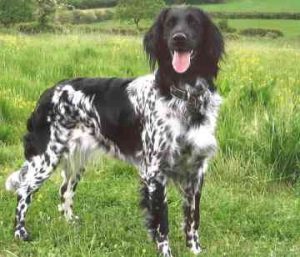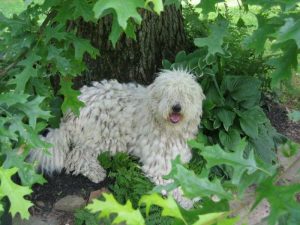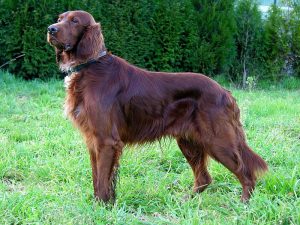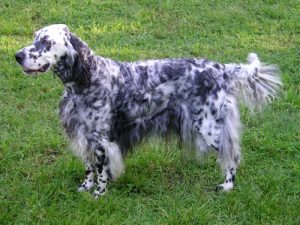Gordon Setter
Gordon Setter Rescue and Adoption Services
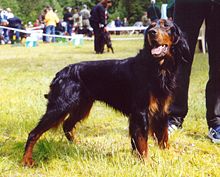
-
Breed Group : SPORTING
-
Origin : SCOTLAND
-
Average Height : 23" - 27"
-
Average Weight : 45 - 80 lbs.
-
Life Span : 10 - 14 years
Photo Courtesy of : Save Our Setters, Inc.
-
Size
1 2 3 4 5 6 7 8 9 10 -
Energy
1 2 3 4 5 6 7 8 9 10 -
Intelligence
1 2 3 4 5 6 7 8 9 10 -
Ease of Training
1 2 3 4 5 6 7 8 9 10 -
Hypo-Allergenic
1 2 3 4 5 6 7 8 9 10 -
Shedding
1 2 3 4 5 6 7 8 9 10 -
Good with Kids
1 2 3 4 5 6 7 8 9 10 -
Good with Other Pets
1 2 3 4 5 6 7 8 9 10 -
Guard Dog
1 2 3 4 5 6 7 8 9 10




